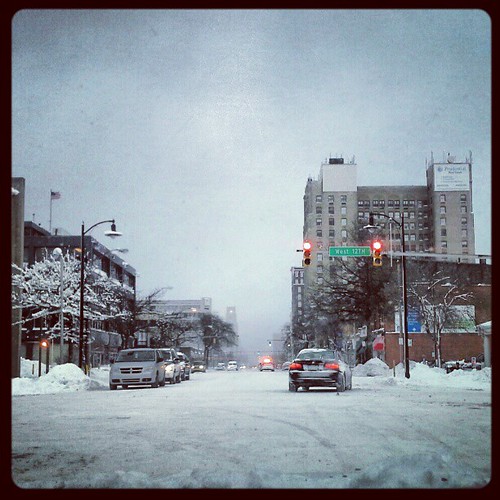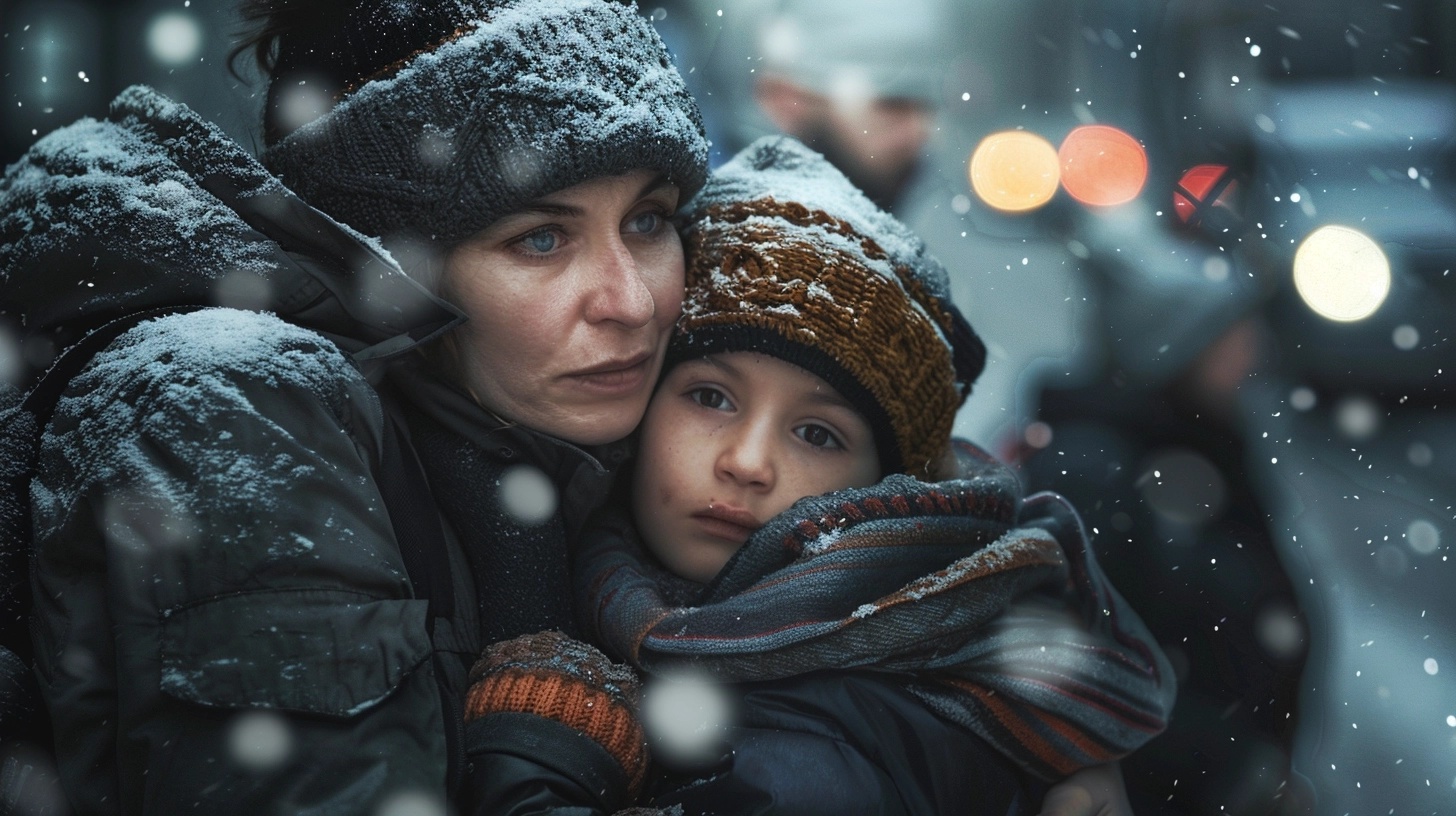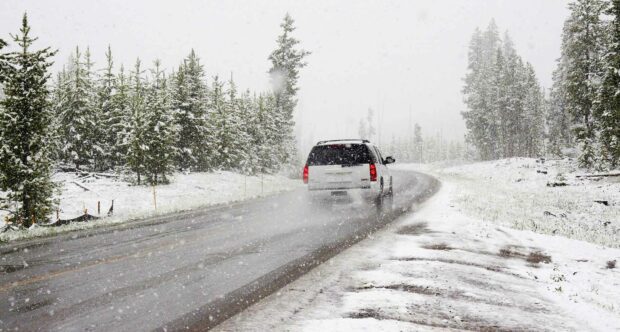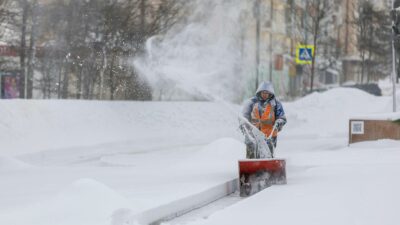Severe weather events, particularly snowstorms, have profound and far-reaching effects on the U.S. economy. When blizzards sweep across multiple states, the situation can create a case study into this phenomenon.
Transportation and Infrastructure Disruptions

Major snowstorms can lead to significant interruptions in transportation infrastructure and result in closing major routes such as Interstates 80 and 90, which spans parts of New York, New Jersey, and Pennsylvania. Cities like Erie, PA and Buffalo, NY are known for getting massive snowfalls. This type of disruption affects everything from the daily commute to the supply chains that rely on these roads to transport goods across the country. Businesses face increased costs due to logistical challenges and delays in shipments, while workers find themselves unable to commute, impacting wider productivity across the region.
Energy Consumption Surge

Cold snaps drive up the demand for heating, leading to increased energy consumption and higher utility bills for residents, particularly in the Pacific Northwest, where thousands have experienced power outages. Utility companies face operational stress, balancing the need to provide uninterrupted service with the spikes in demand, potentially leading to increased operational costs passed down to consumers.
Retail and Consumer Spending
The timing of storms is another factor. Storms that coincide with Thanksgiving and the onset of the holiday shopping season—can reduce consumer spending in a region. Expected reductions in physical store traffic may shift more consumers online; however, the storm also poses significant challenges for delivery and logistics, potentially hampering e-commerce efficiency and affecting overall sales figures.
Property Damage and Insurance Claims
The physical damage from snowstorms extends to residential and commercial properties, with potential flooding and infrastructural damage increasing insurance claims and, subsequently, future premiums. The aftermath of a storm often reveals the costly side of severe weather, impacting individual homeowners and businesses alike.
Labor Market Fluctuations
On the labor front, temporary job losses and decreased productivity are common as outdoor jobs and services halt. The ripple effects can be felt across the economy, necessitating a robust emergency response that can strain local and state resources.
Emergency Response and Fiscal Strain
The governmental response to snowstorms typically involves deploying emergency services, clearing roads, and sometimes even national guard activations. These operations require substantial funding and can strain budgets, especially in regions where such events are less common.
Agricultural Setbacks

Agriculture, often overlooked in initial assessments, also takes a hit from severe weather. Cold and snow can damage unharvested crops, disrupt the distribution channels for food products, and lead to losses both for farmers and consumers dealing with potential price hikes for fresh produce.
Long-Term Economic Outlook
Beyond the immediate impact, severe weather can have long-term economic implications, prompting increased investment in infrastructure designed to withstand extreme conditions and potentially boosting sectors like construction and repair services.
The Economic Chill: How Severe Snowstorms Impact the US Economy

The economic impacts of a snowstorm are both immediate and complex, influencing a wide array of sectors and necessitating a comprehensive understanding and strategic planning to mitigate these effects. As climate patterns evolve, the frequency and severity of such events may increase, underlining the importance of preparedness and resilience in economic planning and policy making.
I’m a dog owner that loves poetry, vampires, mountain biking, and cosplay. I’m open to ideas and still trying to figure my SFO life out one blog post at a time. LF ISO SWF GSOH SI DDF.











 120 Funny WiFi Network Names To Harass And Entertain Your Neighbors
120 Funny WiFi Network Names To Harass And Entertain Your Neighbors